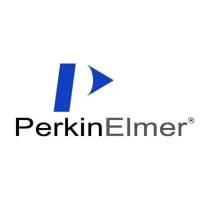Constructing a Low-budget Laser Axotomy System to Study Axon Regeneration in C. elegans
互联网
实验材料
|
Achromatic Zero-Order Wavel Plate, ? Wave Retardation, 400-700nm |
|||
|
High-Energy Nd:YAG Laser Mirror, 25.4 mm Diameter, 45°, 532 nm |
|||
|
SUPREMA Optical Mount, 1.0 inch diameter, clearance mounting hole |
|||
实验步骤
1. Construction of a laser ablation system
13) Adjust the Z focus of the expanded beam by moving lens L3 of the Galilean telescope (fig.2).
3. Laser axotomy and time-lapse microscopy of axon regeneration
3) A "Sharpie" marker cap is used to cut out a uniformed diameter circular pad of 13mm.
11) Time-lapse image data are converted into movies using NIS Elements or ImageJ.

















